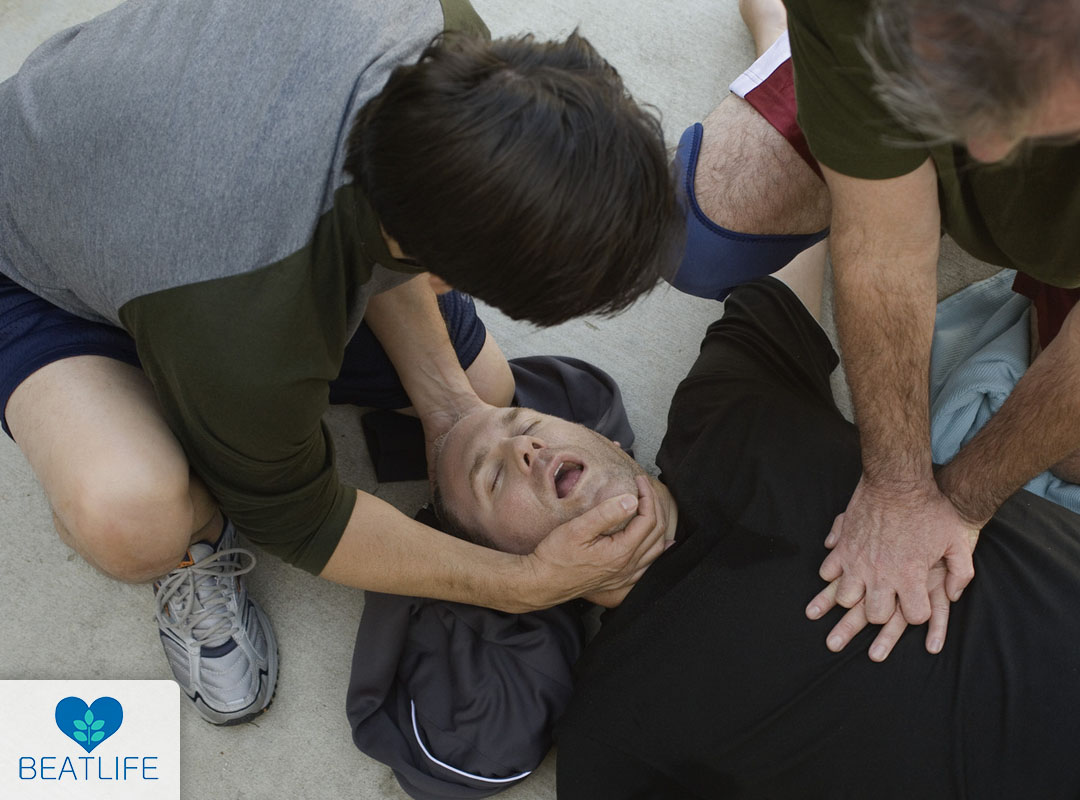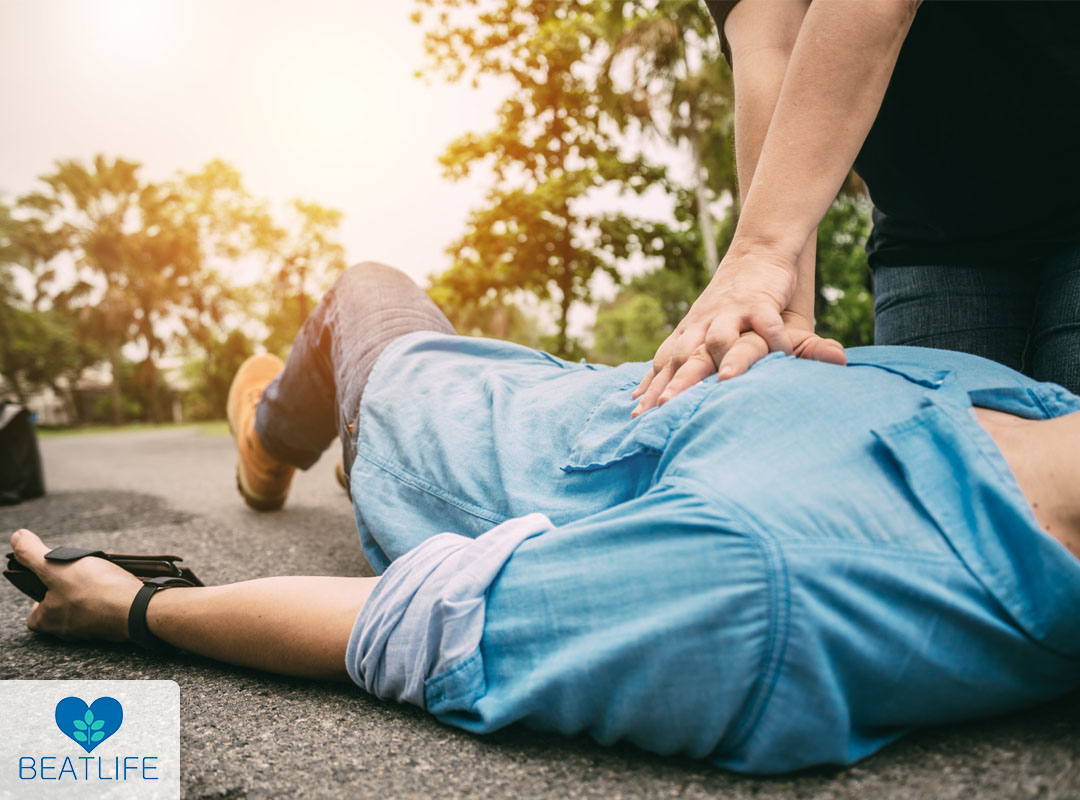When shock is considered from the standpoint of first aid and medical science, it becomes clear that it is a complex phenomenon that calls for thorough understanding and immediate action. Shock, as a physiological state, is an acute and intricate disturbance of the body’s circulatory system that significantly impacts tissue perfusion and sets off a chain reaction of negative effects.
With careful attention to shock’s genesis, typology, and the importance of quick, knowledgeable first aid measures, this explanation intends to begin an educational investigation of the phenomenon. This discourse, which is profoundly instructive for medical professionals and nonprofessionals alike, explains the many nuances of a disorder whose prompt detection and skillful management are relevant in reducing morbidity and preserving lives. Join us as we delve into the complexities of shock, a situation that demands significant comprehension and acuity in our responses, and examine why shock is so dangerous in CPR.

Contents
What is shock?
Shock is a severe condition that impairs the body’s ability to circulate blood throughout the entire system. Due to this inadequate blood flow, vital organs and tissues receive less oxygen, which puts them at risk for organ failure. Furthermore, shock has a sinister inclination to cause tissue hypoxia, a condition marked by a lack of oxygen in bodily tissues and leading to the dangerous verge of cardiac arrest.
It is crucial to emphasize that shock is a medical emergency of the highest intensity that necessitates prompt and careful action to avoid the morbid consequences it foretells. The early diagnosis and prompt treatment of shock are crucial since its unchecked course can result in grave consequences ranging from organ malfunction to the termination of heart function. As a result, shock demands the careful attention of medical professionals, ensuring that prompt and effective measures are implemented to avoid its potentially serious consequences.
What are the Symptoms of Shock?
Understanding shock symptoms is essential for quick and efficient treatment. Key symptoms to keep an eye for are as follows:
- Pale or mottled Skin: Blood passes from the outer layer of skin to important organs during shock. Pale or mottled skin may develop from this, especially on the extremities.
- Cold Skin: Due to poor circulation and decreased blood flow, the skin may feel cold and chilly to the touch.
- Fast Heartbeat, or Tachycardia: One common sign of shock is a rapid heart rate, which is the body’s attempt to make up for the low blood flow. Additionally, there can be a moderate, fast pulse.
- Confusion or Abnormal Mental State: Reduced blood flow to the brain may result in confusion, drowsiness, or a changed mental condition. In extreme circumstances, it might lead to unconsciousness.
- Dehydration and thirst: Dehydration caused by shock can result in increased thirst and dryness of the mucous membranes (such as the nose and mouth).
- Vomiting and nauseous: Vomiting and nausea are examples of digestive symptoms that can happen when the body diverts blood from non-essential processes.
- Hypotension, or low blood pressure: One of the main indicators of shock is a reduction in blood pressure. On the other hand, blood pressure may rise at first and then fall as the body adjusts.
- Anxiety and nervousness: People who are under shock could show symptoms of nervousness, disorientation, or a sense of approaching disaster.
It’s crucial to remember that these symptoms can change based on the underlying cause and the type of shock (hypovolemic, cardiogenic, septic, etc.). It is essential that you quickly recognize these symptoms in order to obtain emergency medical attention.
What causes shock?
Several medical conditions may result in shock, including:
- Low Blood Volume (Hypovolemic Shock): This happens when there has been a considerable loss of fluid or blood, leading to dehydration.
- Inadequate cardiac Function (Cardiogenic Shock): Heart attacks and severe cardiac rhythm problems are two conditions that might cause this kind of shock.
- The septic shock from severe infections, anaphylactic shock from severe allergies, and neurogenic shock from damage to the nervous system are all examples of widespread blood vessel dilation (also known as distributive shock).
- Medication Affecting Heart Function: Some medications that weaken the heart can increase the risk of shock.
- Neurogenic shock can be caused by injuries to the neurological system, such as spinal cord injury.

What are the four main types of the shock?
Shock can be divided into four categories:
- A severe decline in blood volume brought on by bleeding, fluid loss, or dehydration results in hypovolemic shock.
- Heart malfunction causes cardiogenic shock, frequently accompanied by heart attacks, severe arrhythmias, or heart failure.
- Distributive shock, subtypes like septic, anaphylactic, and neurogenic shock, is brought on by extensive blood vessel dilation.
- Obstructive shock which is the condition that develops when physical impediments, such as cardiac tamponade and pulmonary embolism, restrict blood flow within the heart or major veins.
These many varieties of shock have distinctive underlying causes and, therefore, particular therapeutic approaches. The type of shock must be identified to manage it effectively and provide for the patient so now you realize why is shock so dangerous CPR.

What is shock first aid treatment?
After realizing why is shock so dangerous CPR, it’s time to perform the immediate procedure. First aid for shock entails several important and urgent actions aimed at reducing the symptoms of shock, a potentially fatal condition defined by insufficient oxygenation and perfusion of critical organs. The major goals of shock first aid treatment are to stabilize the patient’s state, improve oxygen flow to tissues, and restore and sustain the body’s circulatory function. The following are essential elements of shock first aid:
- Call for Assistance: Contact emergency services or seek immediate professional medical care.
- Maintain Safety: If feasible, remove the person from perilous situations.
- Positioning: If no fractures or injuries are detected, place the person on their back with their legs up.
- Keep airway Open: Ensure that their airway is open.
- Help the person breathe by performing CPR if necessary, using devices like AED or CPRmeter like the one represented by the BEATLIFE company.
- Loosen Clothing: To increase circulation, loosen tight clothes.
- Maintain body temperature by covering them to stay warm.
- Reassure: Show emotional support and maintain the subject’s composure.
- Monitor your vital signs, including respiration, blood pressure, and awareness.
- Avoid Food and Drink: Don’t provide food or beverages.
How long does shock last?
The underlying causes, the speed of medical assistance, and the patient’s general health impact how long the shock lasts. Depending on the situation, shock can range from minute-long bursts to longer-lasting events that linger for hours or even days.
Shock can be quickly reversed with prompt and appropriate medical care, frequently in minutes to hours. Examples include controlling acute bleeding in hypovolemic shock or reestablishing normal heart rhythm in particular cardiogenic shock instances, which result in rapid recovery. However, prolonged shock that is severe, complicated, or untreated can linger for hours or even days. Patients may require ongoing medical care to stabilize in such situations. The likelihood of a successful reversal is considerably increased, and problems related to extended shock states are greatly reduced with prompt identification and treatment.
Reviewed by Dr Jamshidi Mohammad Reza

